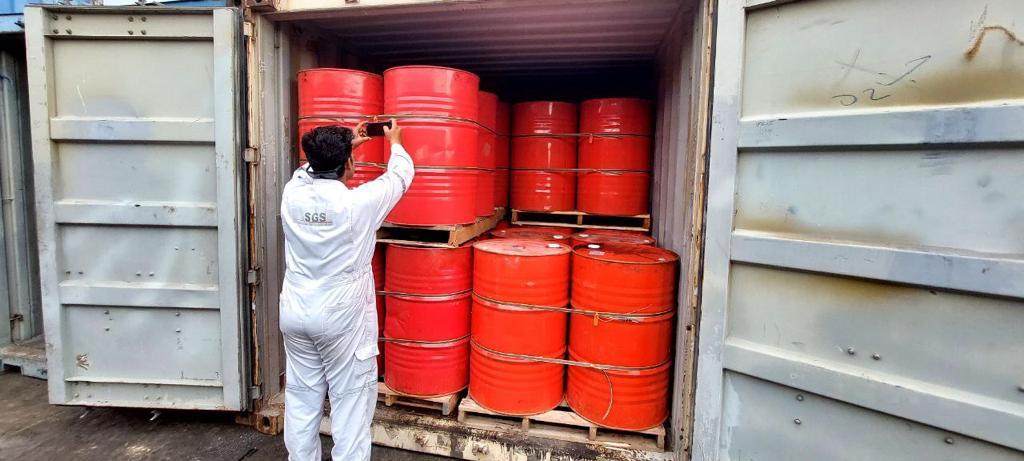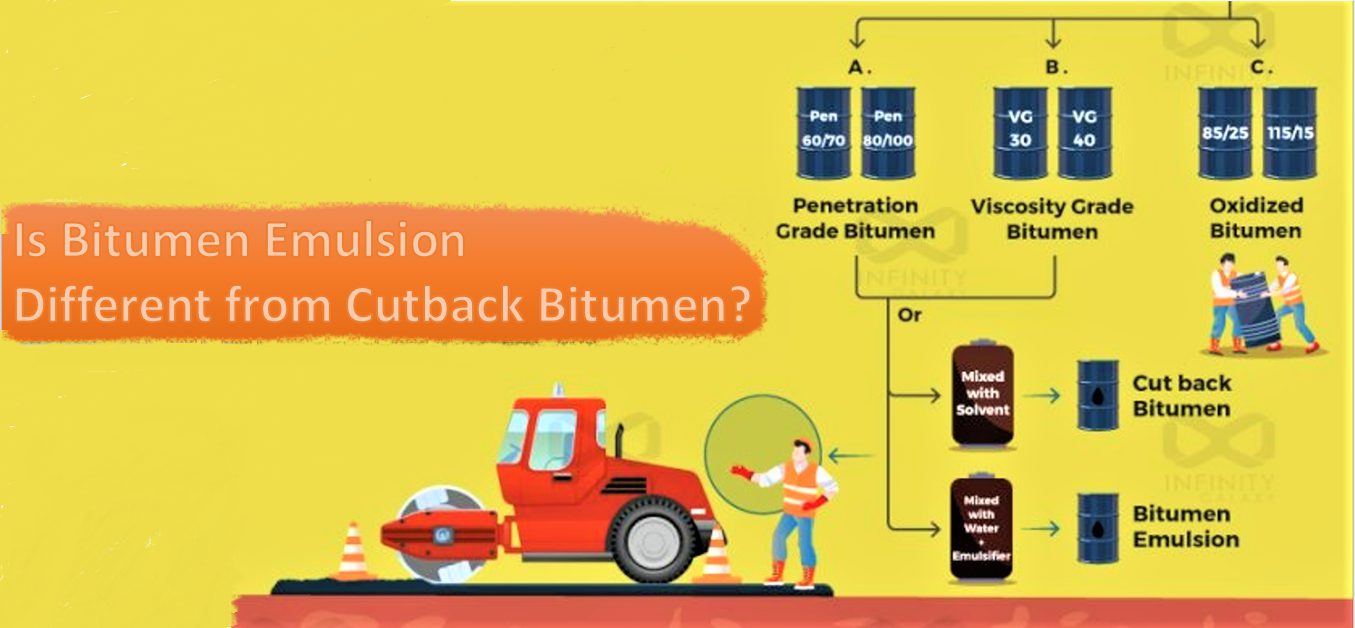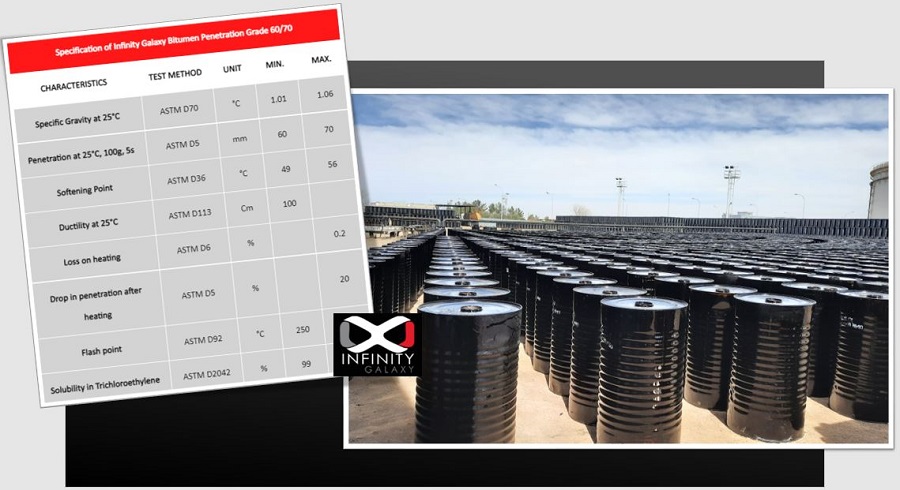Bitumen emulsion tests have 4 categories which includes 20 types of bitumen tests generally.
Each of these categories are as below:
- 5 tests that determine the amount of bitumen emulsion components
- 1 test which measures the concentration percentage of bitumen emulsion
- 8 tests that determine the stability of bitumen emulsion
- 6 tests that are performed on the residue obtained from the distillation of bitumen emulsion
Among all of the 20 bitumen emulsion tests, several tests are most common and very essential to be done before using bitumen emulsion in the project.
Main Cationic Bitumen Emulsion Tests
We have explained 6 main cationic bitumen emulsion tests in the below:
The two important tests of the first group which determine the components of bitumen emulsion are the Residue by Evaporation Test and Sieve Test.
Residue by Evaporation Test
The purpose of this test method is to determine the bitumen content of emulsion bitumen by evaporating water and weighting the residue of the test.
Residue by Evaporation test of bitumen emulsion can be performed instead of the bitumen emulsion distillation test, but the bitumen obtained from this test will usually have a lower degree of penetration and ductility compared to the distillation test.
Procedure
First weigh the three beakers with the glass rod in it. Pour 50 gr of bitumen emulsion in each beaker which includes the glass rod.
Place the beaker along with the rod in the oven at 163 degree Celsius for 2 hours. At the end of this period remove each beaker from the oven and stir the residue completely.
Replace them in the oven for another 1 hour, then remove and cool at room temperature. Finally, weigh the beakers along with the rods. To obtain the percentage of residue on each beaker, use the below formula:
Residue % = 2 (A-B)
A= mass of beaker, rod and residue in gr
B=mass of beaker and rod in gr
Sieve Test
Sieve test is done to determine the amount of bitumen particles or other solid particles in bitumen emulsion that cannot pass through the 850 µm sieve. This type of sieve is an acceptable sieve in international standards.
When we perform this test on bitumen emulsion, we see how much bitumen remains on the sieve. By understanding this issue, we can avoid problems that may occur during bitumen emulsion transportation.
Procedure
To start the test, pour 1000 grams of emulsion bitumen in a suitable lab container and weigh it. Then pour it on the sieve. It is necessary to wash the container containing the emulsion bitumen and the residue on the sieve with deionized water.
Then put the wide container under the sieve and heat it for 2 hours. Then put it in a desiccator to cool. Finally, weigh the sieve set, the wide dish and the residue on the sieve.
By the below formula it is possible to get the result of the bitumen emulsion sieve test:
The percentage of the remained bitumen emulsion = (B-A)/10
A= the weight of sieve and the plate per gram
B=the total weight of sieve, the plate and residue
Among all bitumen emulsion tests, Saybolt viscosity test and Distillation test are very significant. Generally, Saybolt viscosity test is performed on the liquid bitumen. This test belongs to the second category in which the concentration of bitumen emulsion can be obtained from it.
Saybolt Viscosity Test
Emulsion bitumen viscosity test determines how much bitumen resists flow. It shows whether the bitumen moves easily or not.
Procedure
First, put the water in the water bath of the Saybolt viscometer. Then pass the bitumen emulsion through a 150 µm sieve to have a uniform sample.
Put the 60 ml bitumen emulsion in the oil tube in the center of the Saybolt viscometer.
After placing the lid of Saybolt apparatus, place the thermometer in the apparatus and set it to 50 degree Celsius.
After stirring the bitumen emulsion and water inside the Saybolt viscometer, keep the flask under the orifice and measure the flow time based on the seconds until it reaches the center of the flask which has been marked.
In order to obtain the correct result from the test, the obtained time should be multiplied by an orifice correction factor. This obtained time is considered as the viscosity of the bitumen emulsion.
See the below video to understand better :
Distillation Test
The proportion of bitumen and volatile components in the bitumen emulsion is determined by the bitumen emulsion distillation test.
It also measures the amount of volatile components leaving the bitumen emulsion mixture at certain temperatures. The remaining bitumen from this test is tested for density, penetration, ductility, and solubility tests of bitumen emulsion.
Procedure
In this test, the sample of bitumen emulsion should be heated in the distillation apparatus. Then measure the volume of the distillation residue and the obtained water.
The below formula shows the residue volume:
R=[(200 – TD)/200]*100
R= The amount of residue in percent by volume
TD= Total amount of distillate in milliliters
Total percentage of distillation product
Storage Stability Test is performed to determine the stability of bitumen emulsion.
Storage Stability Test
This test shows how much emulsion bitumen has the ability to remain uniform when stored.
In fact it helps us to understand the storage time of emulsion before it expires.
Procedure
First, we pour 500 cc of the bitumen emulsion into this cylinder and keep it for 24 hours. Then prepare 2 beakers and put each of them on the scale and weigh them. Then take 50 cc from the top of the sample, put it in a beaker and weigh it. Then get the sample from the bottom of the cylinder including bitumen emulsion, put it in the beaker and weigh it. Place both samples inside the oven and adjust the heat to 163 C.
After 3 hours, when the water is separated from the bitumen, we take the samples out of the oven, let them cool down and weigh the beaker and residue again.
To calculate the storage stability it is necessary to use the below formula:
Residue % = C-A/B-A * 100
A= Mass of empty beaker, gr
B= Mass of beaker + sample, gr
C= Mass of beaker + Residue, gr
As we mentioned above, one of the important tests that should be done on the residue of the distillation test of bitumen emulsion is Density Test which is explained below:
Density Test
Bitumen emulsion density test can be done to measure the density of bitumen emulsion. This density is estimated by determining the mass of emulsion bitumen in a certain standard volume.
Procedure
The bitumen emulsion sample should be placed in the water bath for 1 hour. Place the density container and its lid on the scale and weigh it.
Pick up the bitumen emulsion sample from the bath and stir it to have a uniform sample. Check the sample, if it is necessary, pour it on the sieve to have a uniform mixture.
Heat the density container until its temperature reaches 25 degrees and pour emulsion bitumen into it.
Put the lid of density container and after cleaning the excess bitumen on the lid, weight it and calculate the density by the below formula:
W=(G)(11.98)
W= The density of bitumen emulsion based on the gr/l
G= The mass of bitumen emulsion in the density container
Particle Charge Test
An emulsion’s anionic or cationic character can be determined by the particle charge test.
Procedure
In this test, a variable resistor applies a constant current through the electrode to the sample. A very accurate milliampere meter measures this current continuously. With the movement of the cationic particles of the tested sample towards the negative electrode (cathode), the current gradually decreases. After a specified period of time or a specified decrease in electric current, the test is stopped and cationic bitumen is detected.








